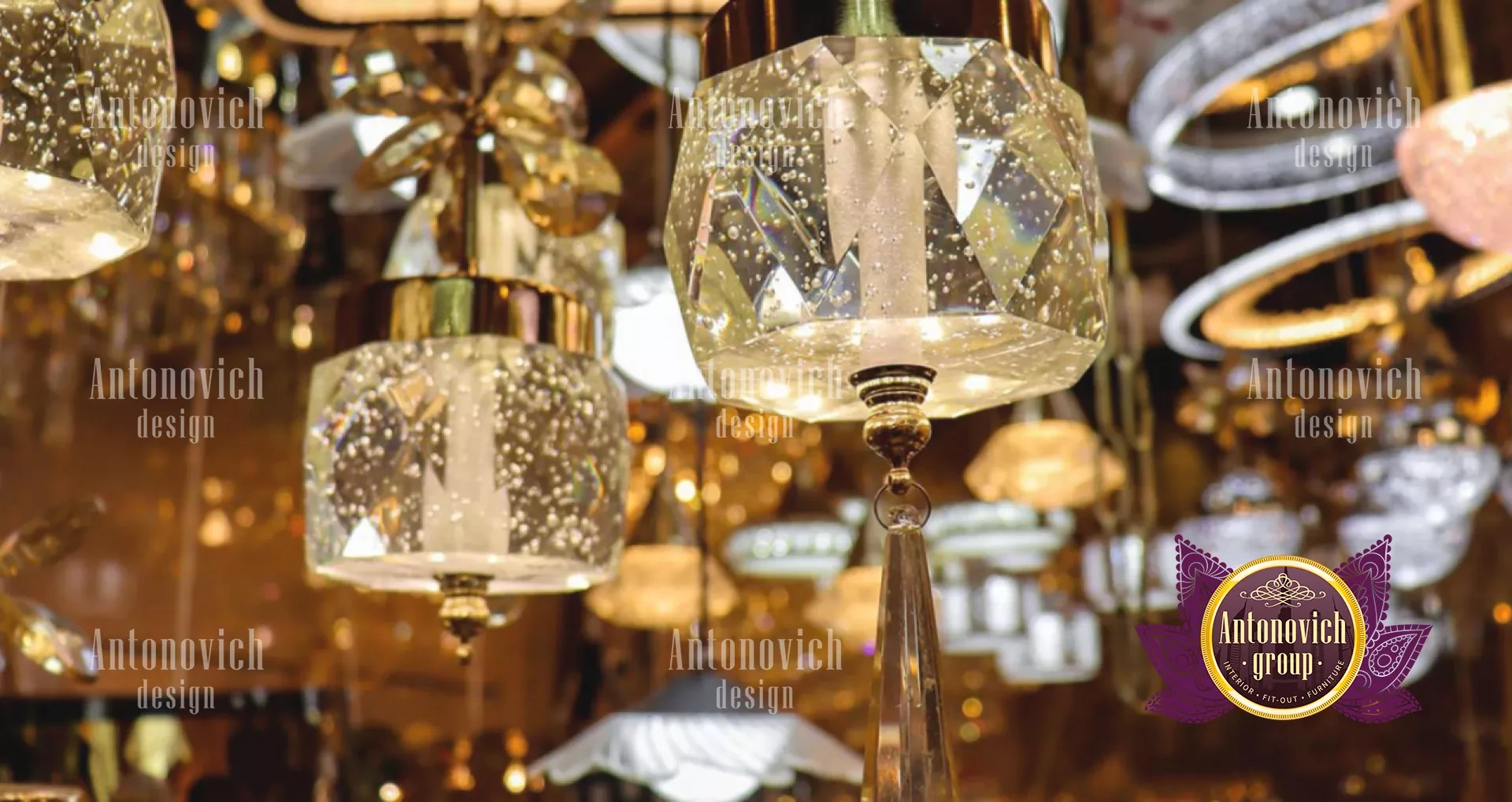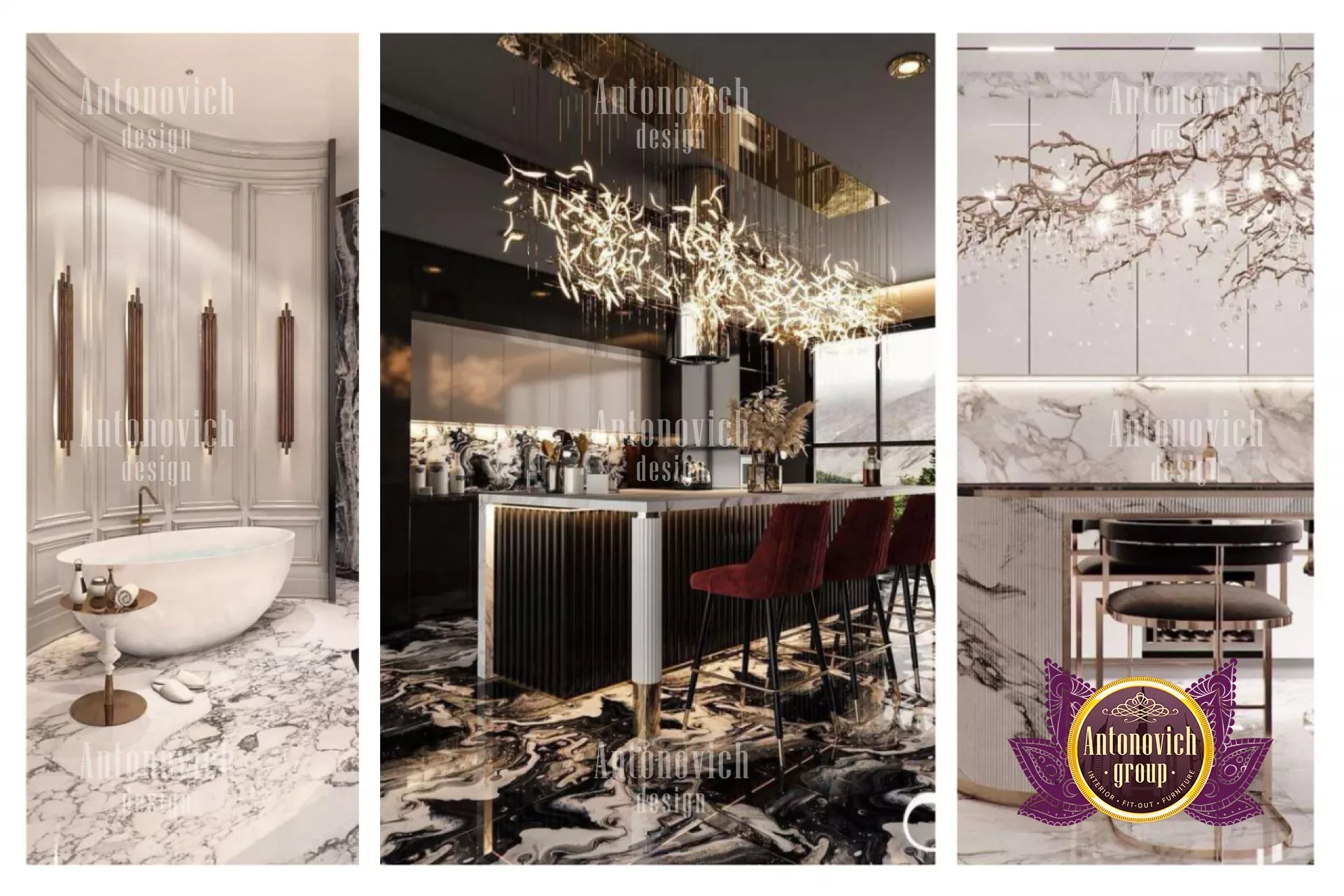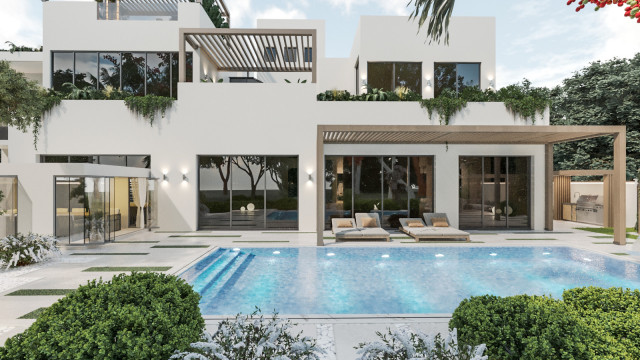TIPS AND TRICKS FOR LUXURY LIGHTING PLANNING
Your home's illumination may change it for the better or worse. Making educated selections by the Antonovich Group when buying a new fixture is crucial since it's always better to choose the former, especially given how directly lighting affects mood and energy. The ideal mood may be achieved by layering your lighting with several sources at various levels. You may utilize interior lighting, especially in houses, to brighten a space and give the impression that it is larger. For the best potential space savings, use recessed spotlights or low-hanging pendants to create the appearance of height. Maintaining consistency with luxury lighting design is as vital to maintaining consistency with color schemes and themes in luxury interior design. Too many diverse designs, color schemes, or layouts might make visitors feel uneasy. Lighter colors can help a room look wider and more open, while statement lighting or colorful accents will bring attention to a specific feature or object. Whatever mood you want to convey, maintain a feeling of continuity. But it doesn't mean you can't be brave! Although technology has made life much easier, some goods can also raise energy expenses and have a negative impact on the environment. The majority of lighting, thankfully, is now LED, which uses less energy and has a smaller carbon imprint.

LEDs are undoubtedly the better alternatives when it comes to selecting your lights because they provide far more benefits than conventional, incandescent luminaires. You can instantly control your lighting setup by installing dimmers. You may adjust the brightness of your lights to fit your mood at any moment by increasing or decreasing their intensity. Each sort of lighting in your plan should be able to be regulated individually for more versatility. This not only broadens your possibilities for lighting and interior design but also generates a more durable answer for both homes and companies. Think about the ceiling height. When choosing hanging light fixtures, it's crucial to know the height of your ceiling. Some lights include wires or rods that can be adjusted, whereas others don't. Avoid being forced to use a light that is hung either too high or too low. A conventional 8-foot ceiling should have the bottom of a lamp hanging between 12 and 20 inches below it. Add three inches to the ceiling height for each extra foot. The suggested distance from the bottom of the lamp to the surface of the table or island when hanging light over one is between 28 and 34 inches. The size of the light does, however, matter. A smaller light may often be lowered lower, and a bigger light.

Organize it. Whenever you are planning new construction or renovation, take your lighting preferences into account. Before building begins, for instance, it should be decided if you want one, two, or three pendant lights over your dining table. Put on your swag. Cord swags might be a chic alternative if you want to install new pendant lighting but don't want to deal with the cost or inconvenience of altering your home's electrical system. As seen in this kitchen, you may swag them freely over a bar or a hook, or you can cinch the cable tightly to the ceiling for an industrial appearance. Up the ante. Don't only use downlights for lighting. Consider wall sconces or uplighting, depending on the area, to create a gentler atmosphere and prevent possibly harsh downlighting that might produce menacing shadows.












